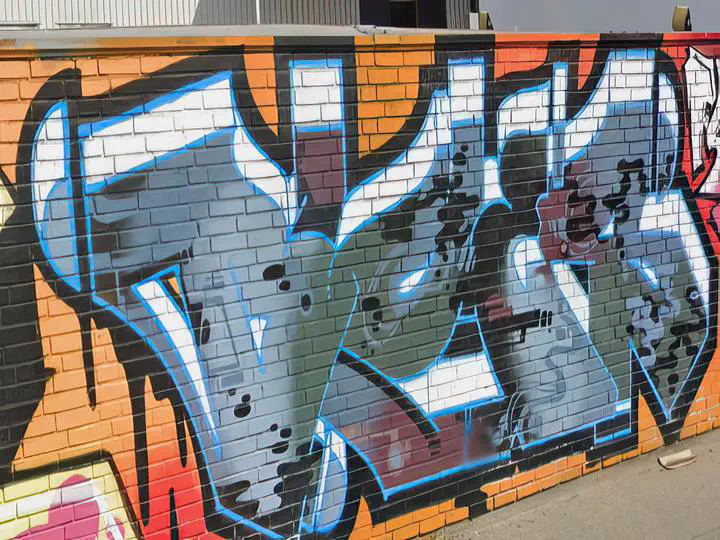Retrieval, Visualization, and Analysis of Graffiti in Copenhagen

Abstract
This project investigates the relationship between the occurrence of graffiti and various factors in the Amager districts of Copenhagen. The research is focused on social factors such as population density and income groups. However, the relation to crime and areas with graffiti is also examined. Through geospatial analysis and machine learning models, the project explores patterns and correlations associated with graffiti. The geospatial analysis showed that certain areas have a higher concentration of graffiti, with urban areas exhibiting more compared to residential areas. The machine learning models showed limited success in predicting the occurrence of graffiti solely based on income and population density but achieved moderate accuracy in identifying graffiti tags. The findings suggest that factors beyond income and population density may contribute to graffiti occurrence. Further research is needed to explore additional factors and improve the predictive models. Overall, this project provides valuable insights into the distribution and potential influencing factors of graffiti, contributing to a better understanding of this urban phenomenon.